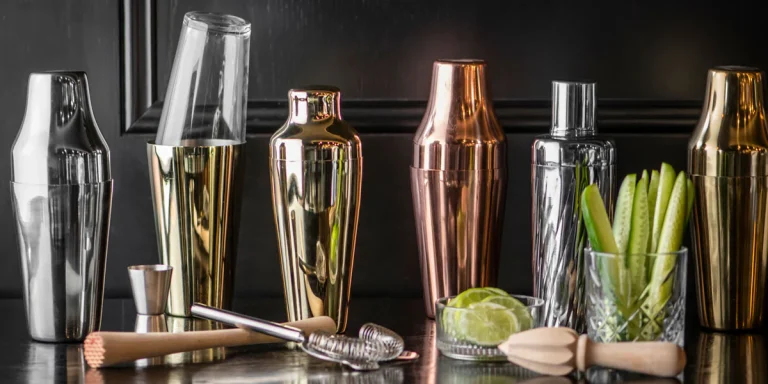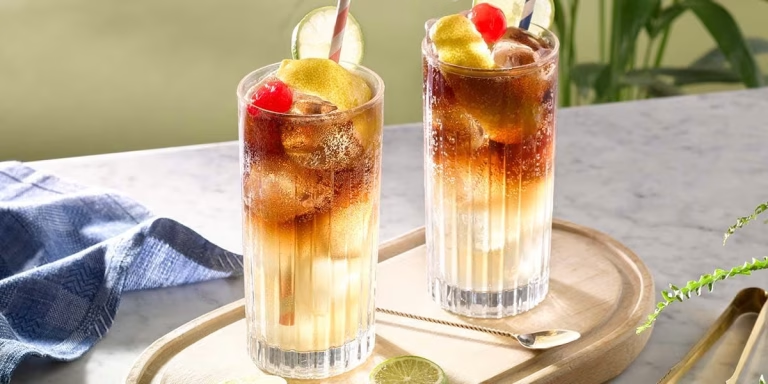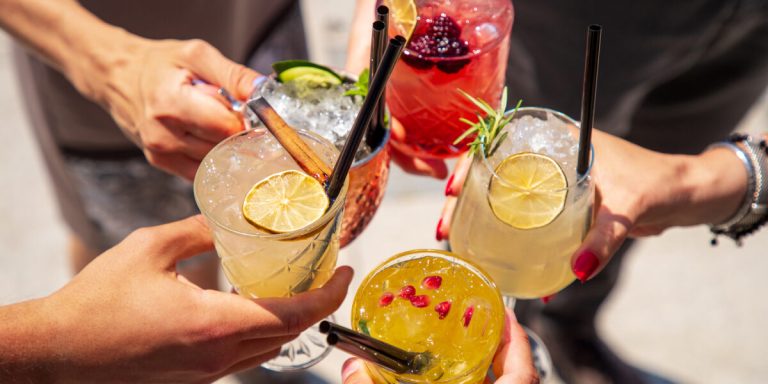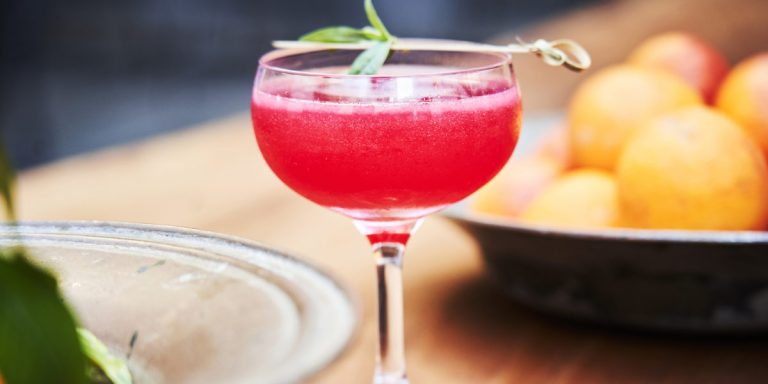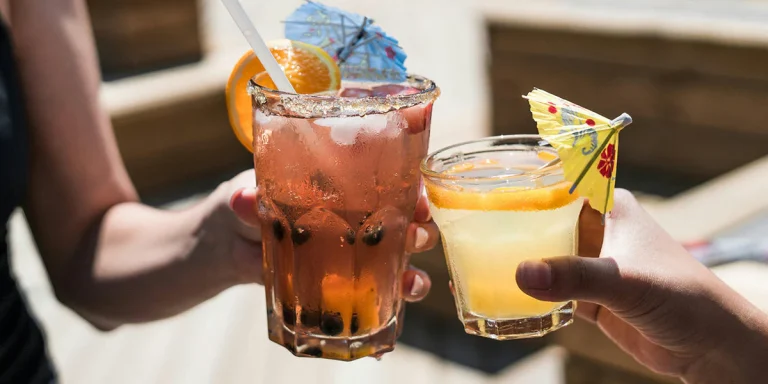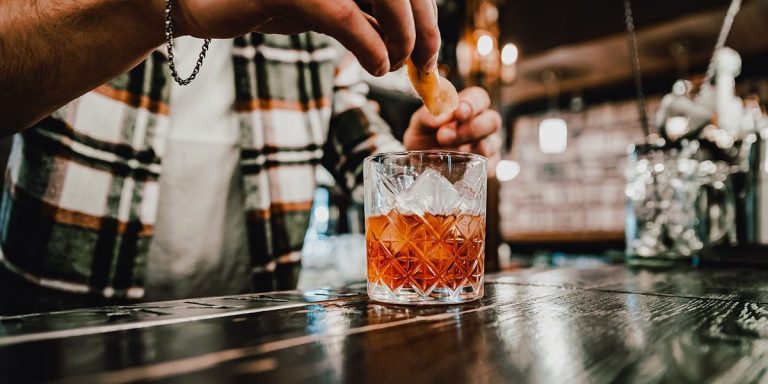Fat-Washed Cocktails: Trendy or Tasty?
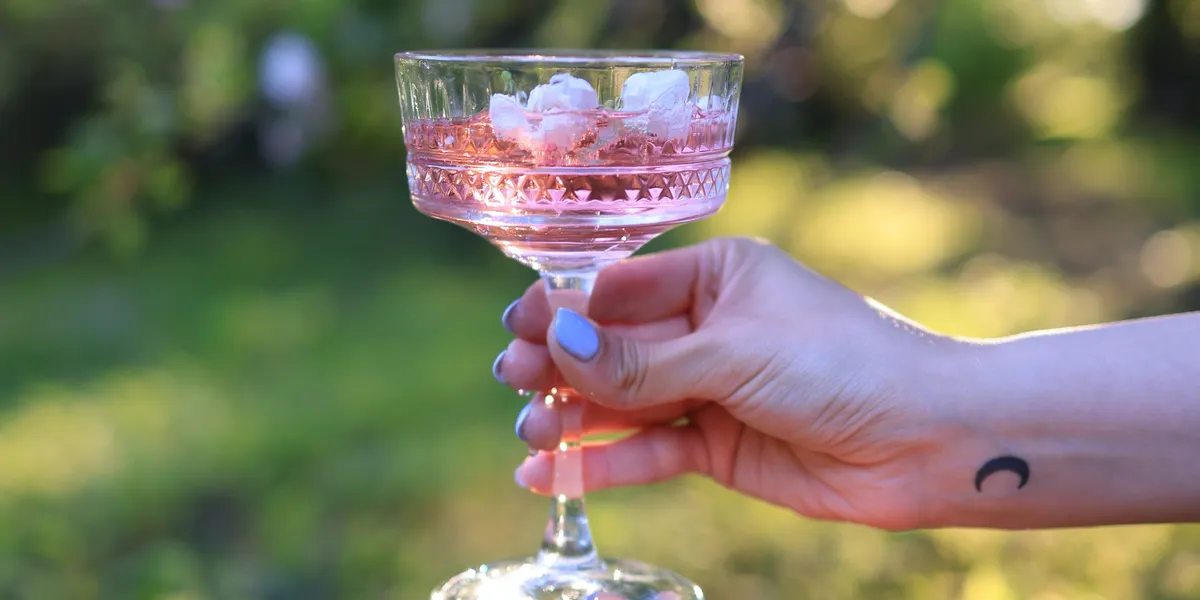
Fat-washed cocktails have become one of those drinks that immediately spark curiosity at the bar. The first sip can either make you wonder why it ever became a trend or convince you that fat really does have a place in the world of cocktails. The technique sounds odd at first mixing spirits with bacon fat, butter, coconut oil, or even sesame oil doesn’t exactly scream refreshment. But what it does scream is flavor, and that’s why bartenders and adventurous drinkers keep coming back to it.
The process involves infusing a spirit with a fat, allowing it to pick up the flavor and silky mouthfeel, and then freezing it so the fat solidifies and can be strained away. What’s left is a clarified, smooth spirit that carries a whisper of the fat’s essence. Bacon-washed bourbon, brown butter rum, sesame-washed gin these all sound wild, but they actually work better than you might expect. It’s not just about being trendy; it’s about experimenting with how far a cocktail can go.
How the Technique Works
Fat-washing starts with a liquid fat and a base spirit. You melt or warm the fat enough so that it’s pourable, then mix it directly into the spirit. After several hours or sometimes overnight the alcohol absorbs the flavor compounds from the fat. When the mix is frozen, the fat rises to the top and solidifies, making it easy to skim away. What remains is a spirit that carries the depth of the fat without leaving a greasy texture behind.
The method is surprisingly simple, but it requires patience. It’s not as instant as muddling herbs or shaking citrus juice into a drink. The resting and freezing stages are crucial, because rushing the process leaves the spirit oily instead of infused. I’ve learned that the difference between a fantastic fat-washed cocktail and one that tastes like a kitchen experiment gone wrong lies in respecting the timing.
Popular Spirits for Fat-Washing
Bourbon tends to be the go-to for fat-washing, and for good reason. Its natural sweetness and oaky richness pair beautifully with bacon, butter, or even smoked duck fat. The combination results in a drink that feels decadent and bold, perfect for a smoky Old Fashioned.
Rum is another popular choice, particularly with coconut oil or brown butter. The tropical notes in rum absorb the smooth creaminess of these fats, creating a cocktail that feels indulgent without being overwhelming. Vodka can also be fat-washed, often with olive oil, giving it a luxurious texture that makes it shine in martinis. Gin, though less common, can take on sesame oil in a way that creates surprising depth in savory cocktails.
Why Bartenders Love the Technique
For bartenders, fat-washing is more than a gimmick. It’s a way to craft drinks that stand out and get people talking. Cocktails are not just about taste; they’re about experience. Watching someone’s face as they take their first sip of a bacon-washed bourbon Old Fashioned is part of the fun. You can see the hesitation melt away into curiosity, and then into appreciation when they realize how well it works.
Fat-washing also allows bartenders to blur the lines between kitchen and bar. It borrows from culinary techniques, pulling flavors that are usually tied to food and bringing them into liquid form. It makes the cocktail feel like a meal in a glass, rich and satisfying in ways that traditional infusions can’t always capture.
The Trend Factor
Trends in cocktails often catch fire quickly and fade just as fast. Flavored vodkas, neon shooters, even molecular foams have had their time in the spotlight. Fat-washing, however, seems to be sticking around longer than most. The reason is simple: it doesn’t just look good on a menu, it actually delivers. People don’t just order a fat-washed cocktail for the novelty they order it again because the taste is worth repeating.
Still, the “trendy” label is hard to shake. Many drinkers hesitate to try fat-washed cocktails because they assume it’s just a passing fad. Some even dismiss it as a bartender’s way of showing off. But once you taste a perfectly executed butter-washed rum cocktail, it’s hard not to admit that there’s substance behind the style.
My First Experience
I remember sitting at a bar that prided itself on pushing boundaries. The bartender recommended a bacon-washed bourbon Old Fashioned. At first, I thought it was more of a gimmick than anything serious. But the first sip surprised me. The drink was smoky, slightly salty, and rich, yet the texture was completely smooth. It didn’t taste greasy at all, and the bacon flavor wasn’t overwhelming it was subtle, like a background note that tied the whole drink together.
That was the moment I realized fat-washed cocktails weren’t just about the shock factor. They could be genuinely tasty, layered, and memorable. Since then, I’ve tried fat-washed variations of rum and gin, and each one brought something unexpected to the table.
Where It Can Go Wrong
Not every fat-washed cocktail works. Using too much fat or not straining it properly can leave the drink unpleasantly heavy. Pairing the wrong spirit with the wrong fat can also backfire. Olive oil with whiskey, for example, tends to clash, leaving behind a strange aftertaste.
Balance is everything. The fat should enhance, not dominate. It should add a subtle note that makes the spirit more interesting, not turn it into a novelty that no one wants to order twice. Poor execution is often why some people walk away convinced that fat-washing is just hype.
Experimenting at Home
Trying fat-washing at home can feel intimidating, but it’s actually very doable. The key is to start small. A half cup of spirit and a teaspoon of melted fat is enough for an experiment. Bacon fat works well with bourbon, while butter is a safe starting point for rum. Once you’ve mixed them, let the infusion rest for a few hours, then freeze it overnight before straining.
I’ve made fat-washed cocktails in my own kitchen, and while not every batch turned out perfectly, the successful ones were impressive. A butter-washed rum mixed with pineapple juice and lime made one of the richest daiquiris I’ve ever had. It was tropical but carried a luxurious undertone that set it apart from the classic version.
Final Thoughts: Trendy or Tasty?
Fat-washed cocktails are both trendy and tasty, and that’s why they’ve carved out a place in modern cocktail culture. They grab attention because of their unusual concept, but they keep it because the flavors truly work. For adventurous drinkers, they open the door to flavors and textures you can’t get anywhere else. For bartenders, they’re a creative playground that keeps menus exciting.
Whether you fall in love with the idea or prefer to stick to classics, there’s no denying that fat-washing has proven it’s more than a passing phase. Done right, it’s a technique that elevates cocktails into something richer, more layered, and genuinely memorable.

